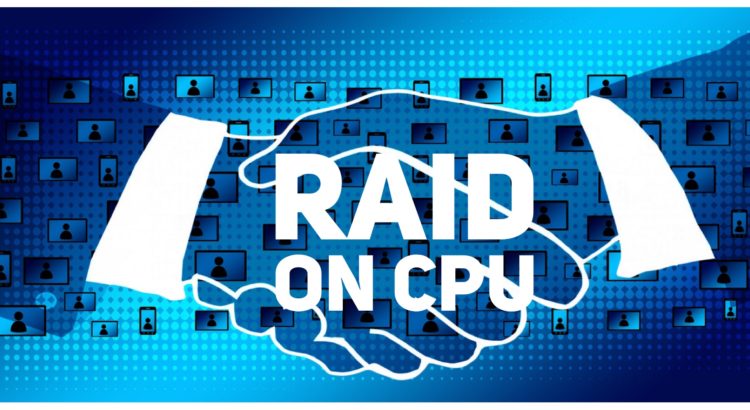


An FAQ on RAID on the CPU
A few weeks ago, SNIA EMEA hosted a webcast to introduce the concept of RAID on CPU. The invited experts, Fausto Vaninetti from Cisco, and Igor Konopko from Intel, provided fascinating insights into this exciting new technology.
The webcast created a huge amount of interest and generated a host of follow-up questions which our experts have addressed below. If you missed the live event “RAID on CPU: RAID for NVMe SSDs without a RAID Controller Card” you can watch it on-demand.
Q. Why not RAID 6?
A. RAID on CPU is a new technology. Current support is for the most-used RAID levels for now, considering this is for servers not disk arrays. RAID 5 is primary parity RAID level for NVMe with 1 drive failure due to lower AFRs and faster rebuilds.
Q. Is the XOR for RAID 5 done in Software?
A.Yes, it is done in software on some cores of the Xeon CPU.
Q. Which generation of Intel CPUs support VROC?
Read More
How Can You Keep Data in Transit Secure?

Not Again! Data Deduplication for Storage Systems

A Q&A on Data Literacy

An FAQ on Data Reduction Fundamentals

Optimizing NVMe over Fabrics Performance Q&A

Keeping Up with 5G, IoT and Edge Computing

An FAQ on the “Fine Print” of Cyber Insurance
